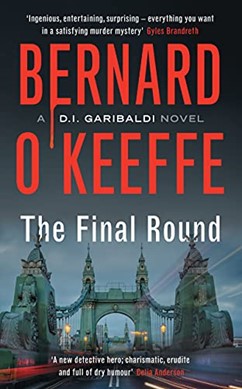 This is a nice, quick read. Very enjoyable, and enough puzzles to keep the interest. We are introduced to D I Garibaldi, Jim Garibaldi, and his personal life. Fairly straightforward character, bit Dixon of Dock Greenish, great at understanding people. Genial, humane. No black dog in attendance, just a man who is about to embark on a new life after the end of a 25 year marriage. Setting the scene is the particularly gruesome murder of Nick Bellamy. There is a symmetry in the book, just as Jim Garibaldi’s marriage unravelled after 25 years, so too do the bonds of friendship among a group of students who met at the Balfour College, Oxford as Garibaldi investigates Bellamy’s death. O’Keeffe explores these characters and their relationship with the victim: Greg the successful author, who is married to Melissa the high flying reporter; Kay the headmistress; Chris the journalist and Julia the lawyer. The backdrop to the novel is Barnes, affluent, intellectual, gentrified, a London “village” that is on the Boat Race course, a village where crime is low and violent crime almost non-existent.
This is a nice, quick read. Very enjoyable, and enough puzzles to keep the interest. We are introduced to D I Garibaldi, Jim Garibaldi, and his personal life. Fairly straightforward character, bit Dixon of Dock Greenish, great at understanding people. Genial, humane. No black dog in attendance, just a man who is about to embark on a new life after the end of a 25 year marriage. Setting the scene is the particularly gruesome murder of Nick Bellamy. There is a symmetry in the book, just as Jim Garibaldi’s marriage unravelled after 25 years, so too do the bonds of friendship among a group of students who met at the Balfour College, Oxford as Garibaldi investigates Bellamy’s death. O’Keeffe explores these characters and their relationship with the victim: Greg the successful author, who is married to Melissa the high flying reporter; Kay the headmistress; Chris the journalist and Julia the lawyer. The backdrop to the novel is Barnes, affluent, intellectual, gentrified, a London “village” that is on the Boat Race course, a village where crime is low and violent crime almost non-existent.
Jim Garibaldi is a man who, if life had dealt him a different hand, would have gone to university, and that desire to study still lives with him. He reads, he is educated, but again and again, is the put down, the assumption is that he is uneducated and not part of the intelligentsia elite. Decades ago, the angst would be the 11 plus, life’s chances denied because one failed the 11 plus, but now it is that all important degree, preferably from a prestigious university that determines your life chances.
O’Keeffe’s style is clever, clues are gradually released, and each time, the reader forms a conclusion. Are you right? No, well here is another clue, and another …, until in the end there is only one solution. A guided treasure hunt, and compelling all the same.
Yes, the book is enjoyable. And yes, I would read the next Garibaldi book. However, I doubt if Garibaldi himself would read the sequel
 The Final Round by Bernard O’Keeffe
The Final Round by Bernard O’Keeffe
My rating: 5 of 5 stars
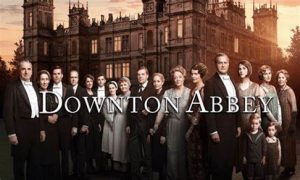

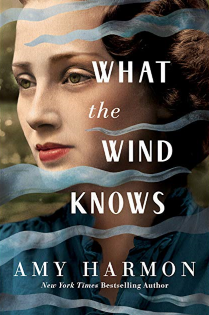 I must admit, I was giving up with finding a good read. There is an awful lot of dross out there. But this book is different. A love story, an historical account and a little bit of time travel. I must admit that at times I was reminded of “The Time Traveller’s Wife” by Audrey Niffenegger at times. Once time travel enters into the equation, questions about predestination arise, and the circularity of time, and as is so often in Dr Who plots, the question of if and how the timeline can be changed. This book is a glorious mix of romance, history, politics and science fiction at its best. Definitely a “Margaret’s recommendation”.
I must admit, I was giving up with finding a good read. There is an awful lot of dross out there. But this book is different. A love story, an historical account and a little bit of time travel. I must admit that at times I was reminded of “The Time Traveller’s Wife” by Audrey Niffenegger at times. Once time travel enters into the equation, questions about predestination arise, and the circularity of time, and as is so often in Dr Who plots, the question of if and how the timeline can be changed. This book is a glorious mix of romance, history, politics and science fiction at its best. Definitely a “Margaret’s recommendation”.
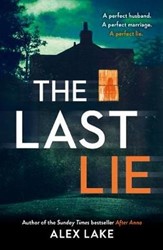 I had just finished reading
I had just finished reading 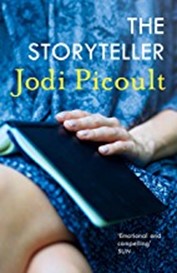 I enjoy reading Jodi Picoult’s books, for here is an author who understands that human beings are not two dimensional, simple beings but multi-dimensional, complex beings, capable of good and bad, love and hate, fear and courage. The Storyteller was no exception to this and is a story that will haunt me for a long time. But I found the ending disturbing, but not surprising. Yes, the Jodi Picoult twist was there, although by halfway through the book, I had wondered about the identity of Josef Weber, the elderly German teacher who had befriended Sage Singer, a young woman in her twenties grappling with grief for her mother and disfigurement. Twisting through the narrative was a gothic horror story that would have given Mary Shelly a run for her money. A story of an upior, a vampire, or to be more accurate, two brothers who were vampires, monsters in the world and a young woman, who is a baker, Ania. And running behind the story is the story of Minka, surviving against the odds, a survivor of the holocaust. It is also a story of two brothers, Reiner and Franz who are absorbed by the Nazi machine and become SS officers assigned to Aushwitz.
I enjoy reading Jodi Picoult’s books, for here is an author who understands that human beings are not two dimensional, simple beings but multi-dimensional, complex beings, capable of good and bad, love and hate, fear and courage. The Storyteller was no exception to this and is a story that will haunt me for a long time. But I found the ending disturbing, but not surprising. Yes, the Jodi Picoult twist was there, although by halfway through the book, I had wondered about the identity of Josef Weber, the elderly German teacher who had befriended Sage Singer, a young woman in her twenties grappling with grief for her mother and disfigurement. Twisting through the narrative was a gothic horror story that would have given Mary Shelly a run for her money. A story of an upior, a vampire, or to be more accurate, two brothers who were vampires, monsters in the world and a young woman, who is a baker, Ania. And running behind the story is the story of Minka, surviving against the odds, a survivor of the holocaust. It is also a story of two brothers, Reiner and Franz who are absorbed by the Nazi machine and become SS officers assigned to Aushwitz.


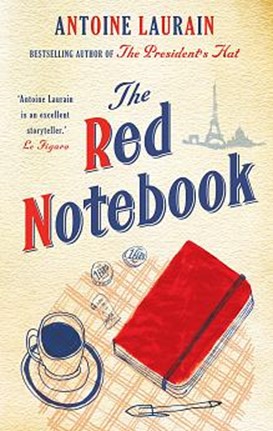 There are two cities called Paris, the city that gets all the headlines, the city of Charlie Hebdo, of the Bataclan attacks. The city where Francois Hollande prances around, a vain peacock, and where Marie le Pen aims to replace M. Holland. And the other city called Paris, where the Seine sweeps through gently, the city of light, the city of culture, with cafes and small shops, a city where beauty and culture are appreciated. Are they really the same place? Laurent Letellier crossed over from one city to the other, when he swapped a career in banking to running a book shop with living accommodation above. This is the Paris of Laure Valadier also. Laure is a gilder. She is also an elegant French woman, as indeed all French women are supposed to be. Laure dresses well. Lives on her own (well, there is a cat, Belphégor, who is central to the story).
There are two cities called Paris, the city that gets all the headlines, the city of Charlie Hebdo, of the Bataclan attacks. The city where Francois Hollande prances around, a vain peacock, and where Marie le Pen aims to replace M. Holland. And the other city called Paris, where the Seine sweeps through gently, the city of light, the city of culture, with cafes and small shops, a city where beauty and culture are appreciated. Are they really the same place? Laurent Letellier crossed over from one city to the other, when he swapped a career in banking to running a book shop with living accommodation above. This is the Paris of Laure Valadier also. Laure is a gilder. She is also an elegant French woman, as indeed all French women are supposed to be. Laure dresses well. Lives on her own (well, there is a cat, Belphégor, who is central to the story).


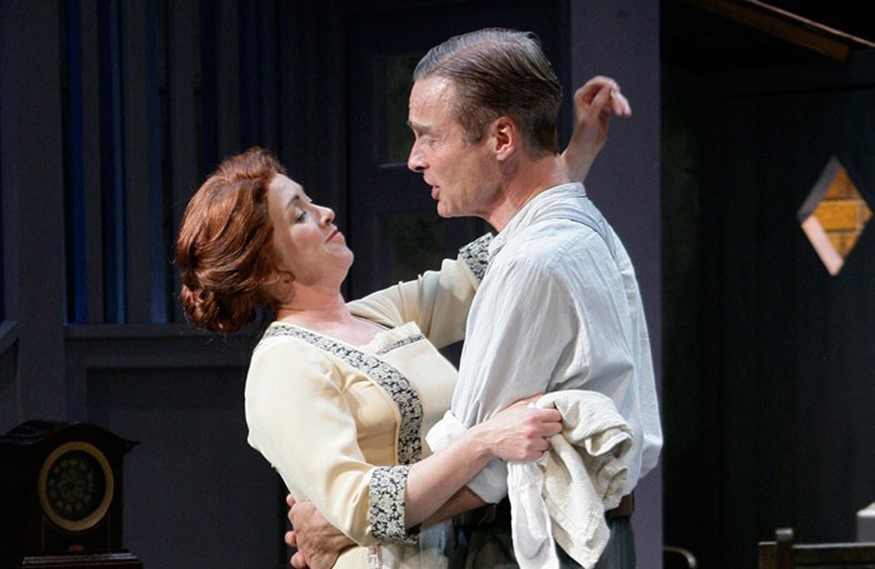



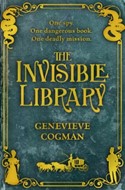 There are several categories of books, serious books that you are supposed to read, dreary books that are so dire that they are never finished, great books which live with you and change your life, page turning books which leave you wanting for more, not always great literature, but very enjoyable.
There are several categories of books, serious books that you are supposed to read, dreary books that are so dire that they are never finished, great books which live with you and change your life, page turning books which leave you wanting for more, not always great literature, but very enjoyable.